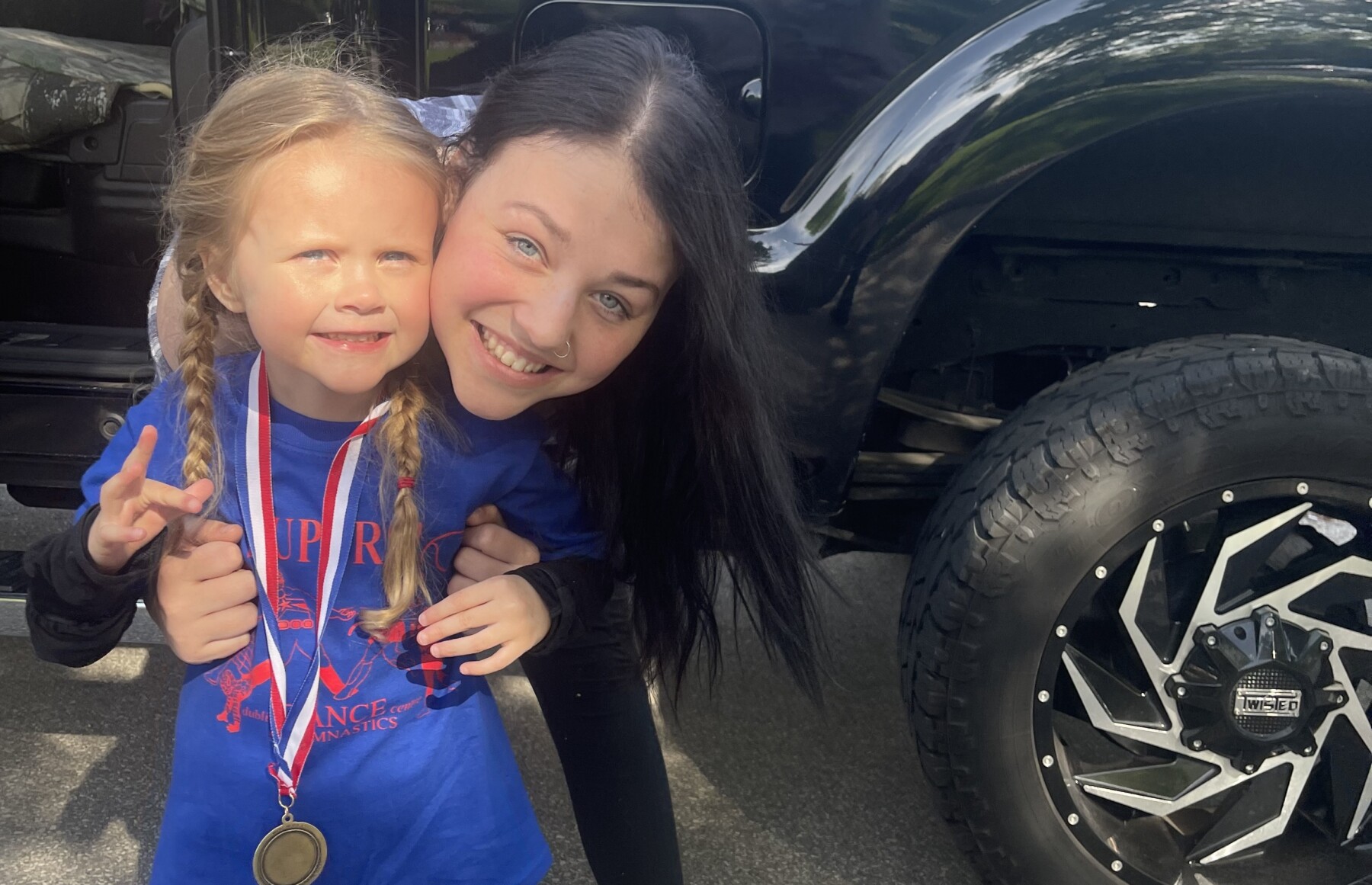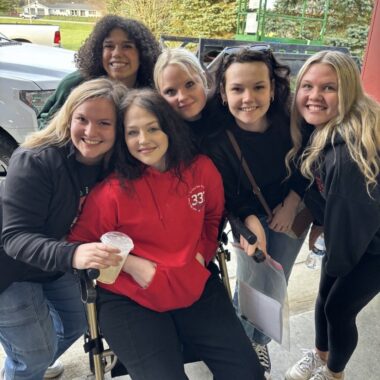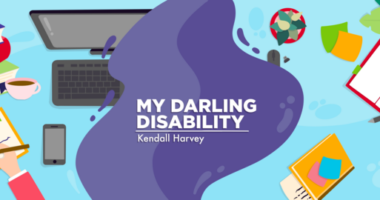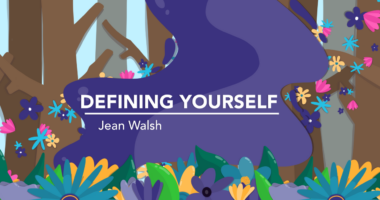Guest Voice: Life with Friedreich’s ataxia is just life
How a 22-year-old responds to the challenges of FA

Hayden Howard is a 22-year-old from Ohio living with Friedreich’s ataxia (FA) and figuring things out as she goes. She loves watching scary movies, doing her makeup, and spending time with friends. She’s currently tracking her journey with FA and finding her balance in more than one way.
My mother always sensed that something was amiss with my health. Other kids would run freely, but I was always stumbling on thin air. I couldn’t hop on one leg, no matter how hard I tried. People wrote it off as clumsiness, but my mother knew better.

Hayden Howard snaps a selfie while doing her makeup. (Photo by Hayden Howard)
So I spent years undergoing MRIs, doctor visits, and medical procedures that never seemed to mean anything. And then, when I was 11, we got an answer: Friedreich’s ataxia. The disease is uncommon — the kind that the majority of doctors have only read about, the kind that involves a lot of questions and not much in the way of answers. There was no cure, no treatment; it would only get worse.
Our only option was to try to slow the progression, which meant physical therapy. The stretching, exercising, and strength training were all designed to keep me moving as long as I could. While other kids played outside, I was told that I had to work to preserve something that most people don’t even have to think about — plain old mobility.
I hated it. I felt like I was struggling against my body instead of merely inhabiting it.
So when I was 18 and finally had the choice, I left it all behind. No more therapy, no more exhausting workouts. I just wanted to live my life without having to fight for it every day.
Fast-forward to March 2020, when COVID-19 hit. It was my first year out of high school, and I lost the use of my legs. It didn’t occur overnight — just a slow, gradual fade until I woke up one day and discovered I was no longer walking. Maybe I would’ve ended up here anyway, but I’m left to wonder if things would’ve been different had I stayed with physical therapy, had I pushed through the frustration instead of giving in to it.
With a rare disease, medical treatment isn’t straightforward. There’s no specialist around the corner, no routine treatment. Rather, it involves flying across the nation for doctor visits, spending hours in hospital waiting rooms in unfamiliar cities. It involves being a guinea pig for clinical trials, hoping that perhaps, just perhaps, something will work. It’s draining, infuriating, and, sometimes, it feels unjust.

Hayden Howard unwinds by spending time with her friends. (Courtesy of Hayden Howard)
But living with this disease has also given me something I never expected — a community. Through FA, I’ve met people from all over the country, people who share this experience in a way that nobody else can. I’ve developed friendships that will last a lifetime, relationships that make all the traveling, all the appointments, and all the uncertainty a little more tolerable.
I’ve had a walker for four years now. Having mobility problems is exhausting in ways that most people don’t understand. Every little thing takes more effort, more planning, more adjustments. But I manage. I live alone, I work, and I get through each day like everyone else.
Others prefer to take stories like mine and turn them into tragedies or inspiration, but the truth is, it’s just life. You make your choices, you live with the consequences, and you figure it out as you go along. I don’t know what will happen next, but I know I’ll handle it!
To submit your own Guest Voice for publication on Friedreich’s Ataxia News, please email your idea to our columns manager at [email protected] with the following included in the subject line: “Guest Voice: Friedreich’s Ataxia News.”
Note: Friedreich’s Ataxia News is strictly a news and information website about the disease. It does not provide medical advice, diagnosis, or treatment. This content is not intended to be a substitute for professional medical advice, diagnosis, or treatment. Always seek the advice of your physician or another qualified health provider with any questions you may have regarding a medical condition. Never disregard professional medical advice or delay in seeking it because of something you have read on this website. The opinions expressed in this column are not those of Friedreich’s Ataxia News or its parent company, Bionews, and are intended to spark discussion about issues pertaining to Friedreich’s ataxia.








Leave a comment
Fill in the required fields to post. Your email address will not be published.